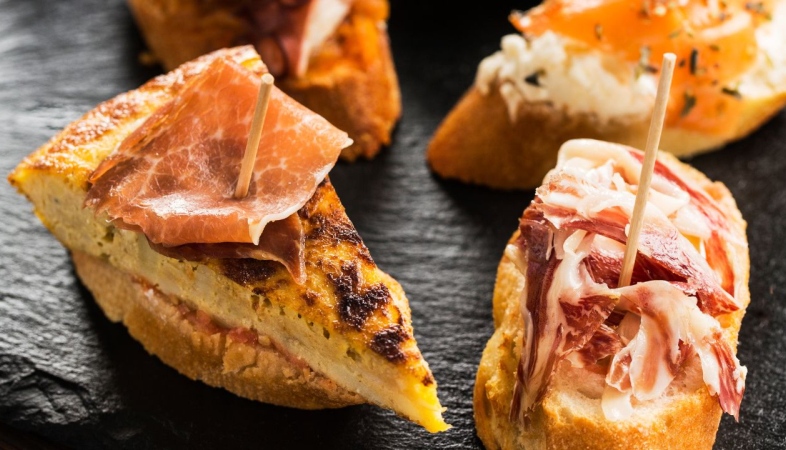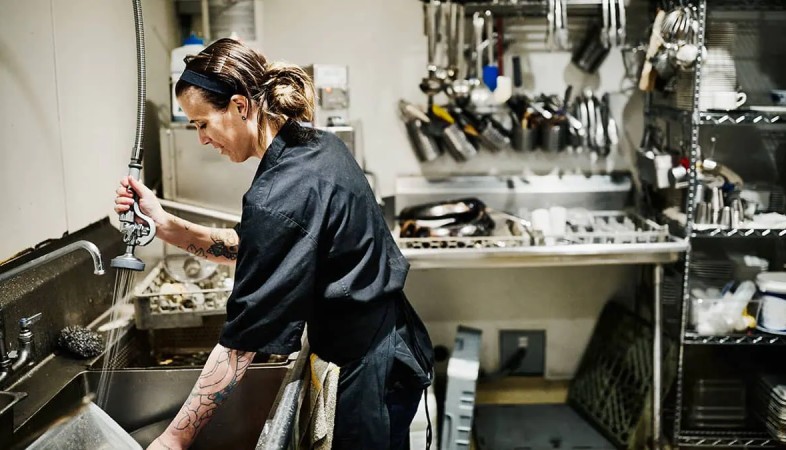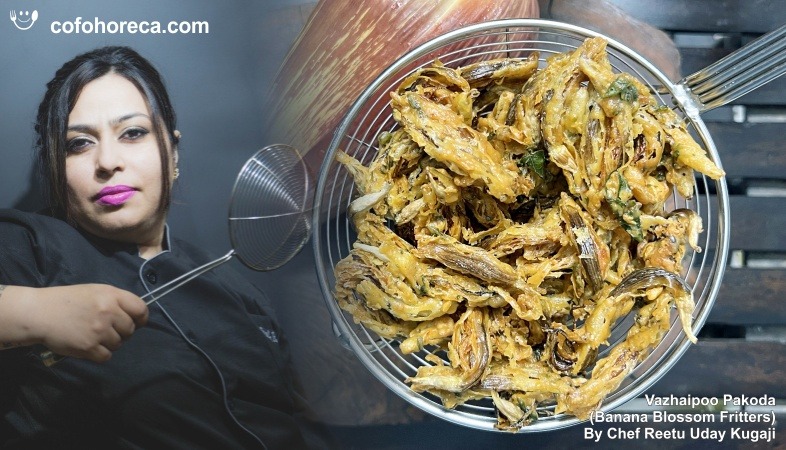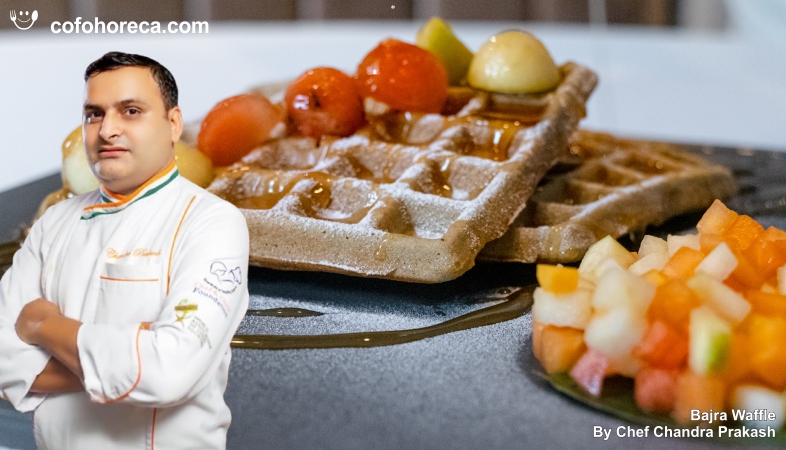Mastering the Basics: Essential Knife Skills Every Chef Should Know
The cutting motion should be smooth and controlled, utilizing a rocking motion with the knife's tip always in contact with the cutting board.

In the world of culinary arts, mastering knife skills is a
fundamental aspect that every chef must conquer. The ability to handle a knife
with precision and confidence not only enhances the efficiency of food
preparation but also significantly impacts the quality and presentation of the
dishes. This article explores the essential knife skills that every chef should
know, shedding light on techniques that can elevate their culinary prowess and
ensure safety in the kitchen.
One of the most basic yet crucial knife skills is the proper grip. Holding the knife correctly is the foundation for all cutting techniques. The thumb and index finger should pinch the blade just above the handle, while the other three fingers wrap around the handle. This grip provides greater control and stability, allowing chefs to maneuver the knife with ease and precision. Practicing this grip can significantly reduce the risk of accidents and improve cutting accuracy.
Equally important is the correct stance and cutting motion. A stable stance with feet shoulder-width apart and a slightly bent forward posture provides balance and leverage. The cutting motion should be smooth and controlled, utilizing a rocking motion with the knife's tip always in contact with the cutting board. This technique minimizes strain on the wrist and ensures even cuts, whether slicing, dicing, or chopping.
Understanding the different types of knife cuts is essential for achieving uniformity and consistency in food preparation. The most common cuts include the slice, dice, chop, julienne, and chiffonade. Each cut serves a specific purpose and is used for different types of ingredients. For instance, slicing is ideal for meats and vegetables, dicing for fruits and vegetables, chopping for herbs, julienne for thin strips of vegetables, and chiffonade for finely shredding leafy greens. Mastering these cuts allows chefs to enhance the visual appeal and texture of their dishes.
One often overlooked but vital skill is maintaining the sharpness of the knife. A sharp knife not only makes cutting easier and more precise but also reduces the risk of accidents. Regular honing with a honing steel helps maintain the edge between sharpenings. Additionally, using a whetstone to sharpen the knife periodically ensures that the blade remains in optimal condition. Proper knife care, including cleaning and storage, also extends the lifespan of the knife and maintains its performance.
Beyond the basic cuts, chefs should also familiarize themselves with more advanced techniques such as deboning, filleting, and segmenting. Deboning involves removing bones from meat or fish, requiring precise cuts to avoid waste. Filleting is the process of separating meat from the bone, often used for fish, and demands a delicate touch and sharp knife. Segmenting, or supreming, is used to remove the pith and membrane from citrus fruits, leaving only the juicy segments. These advanced skills add versatility to a chef's repertoire and are essential for preparing a wide range of dishes.
Safety is paramount when handling knives in the kitchen. Chefs must always be aware of their surroundings and maintain a clutter-free workspace. Using a stable cutting board and securing it with a damp cloth underneath can prevent slipping. Additionally, keeping fingers tucked under the knuckles, known as the "claw grip," protects the fingers from accidental cuts. Proper training and consistent practice are key to developing and maintaining these safety habits.
Incorporating knife skills into daily practice is essential for continuous improvement. Chefs should challenge themselves by working with different types of knives, such as chef's knives, paring knives, and serrated knives, each suited for specific tasks. Experimenting with various ingredients and cuts can also help chefs refine their techniques and discover new ways to enhance their culinary creations.
Mastering knife skills is a fundamental aspect of a chef's journey in the culinary world. From the proper grip and cutting motion to understanding different cuts and maintaining knife sharpness, these skills form the foundation of efficient and precise food preparation. Advanced techniques such as deboning, filleting, and segmenting add versatility and expertise to a chef's skill set. By prioritizing safety and incorporating continuous practice, chefs can elevate their knife skills and, in turn, their culinary artistry, ensuring that every dish they create is a masterpiece.
.png)








 at Hyatt Hotels Corporation.jpeg)



















